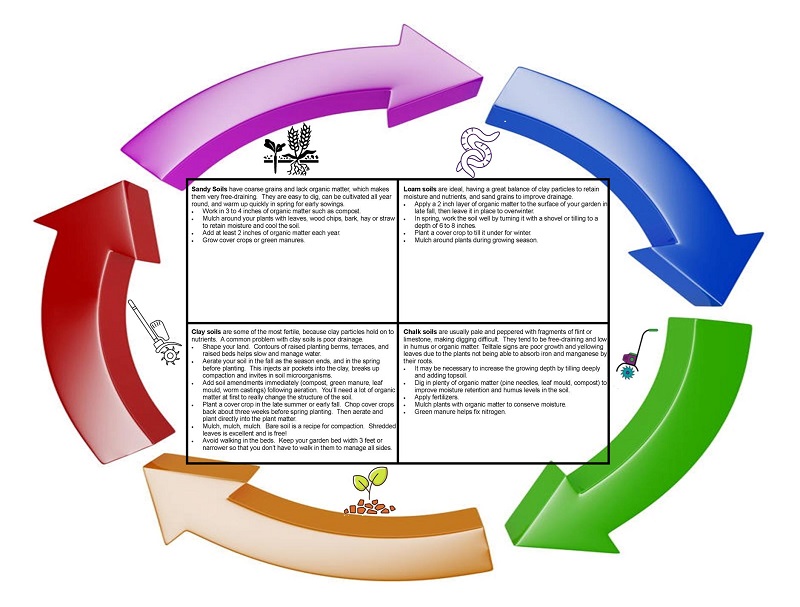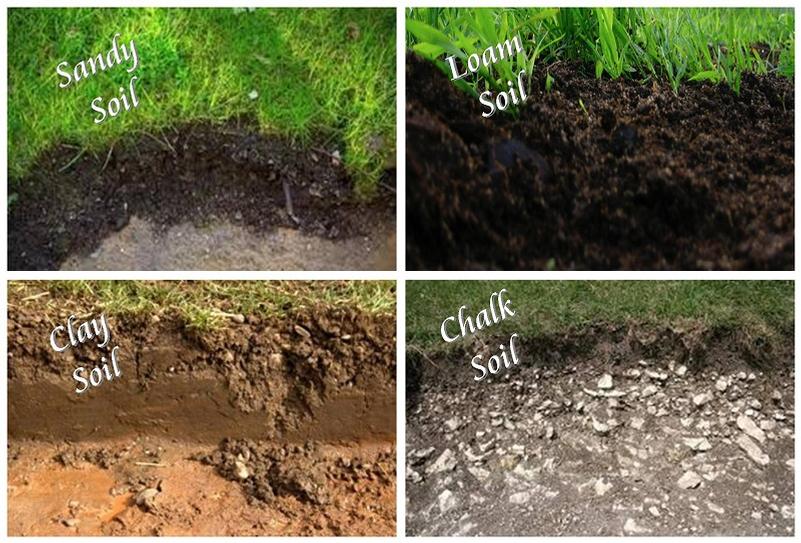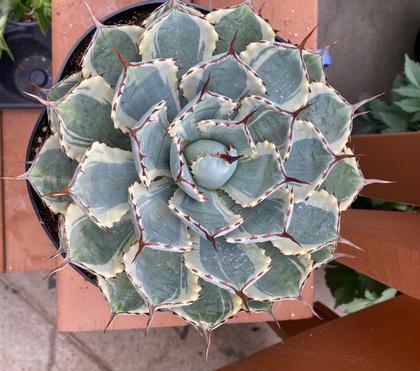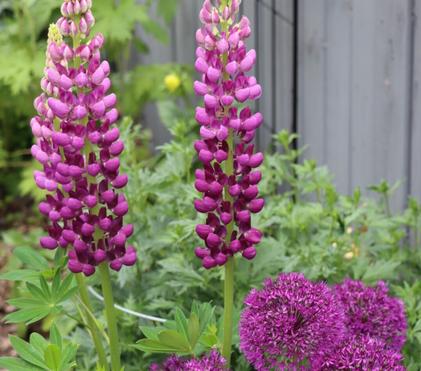How To Grow Vigorous, Healthy Plants – Improve Your Soil
I had a Great Aunt who said she could test her soil by tasting it. I haven’t tried that, nor do I plan to, so I can’t tell you if it works or not. I do know that our home vegetable garden improved dramatically when we used a do-it-yourself soil kit and learned our soil’s pH, nitrogen, phosphorus, and potassium levels.

How To Grow Vigorous, Healthy Plants - Improve Your Soil
I believe the most important factor is pH. Soil pH is a measure of how acidic or alkaline the soil is. The pH scale runs from 1 to 14, with 7 signifying neutral. Values below 7.0 indicate acidity, and numbers above 7.0 indicate alkalinity. Soil pH plays an important role in the absorption of nutrients by plants, with most plants needing a pH range between 5.5 and 6.5 in order to absorb soil nutrients easily.
Knowing the results of your soil’s pH test will tell you whether you have to add something to the soil to move its pH into the preferred range. If your soil’s number is more than 0.5 outside your plants’ preferred range, your best time to correct the soil is in the Fall. To sweeten acid soil the most common method is to add lime, though wood ashes also contain lime. We save our ashes from our fireplace and wood stove in a big pail for use in our compost or garden when needed. To improve too-alkaline soil, work pine needles, peat moss, leaf mold, or aged sawdust or shavings into your soil. Most of the soil in our location of Alberta is slightly acidic.
Do the soil pH test and amend your soil this fall if needed, and you will have saved yourself time, saved yourself money, and you will have it all ... in your garden.

Types of Soil

